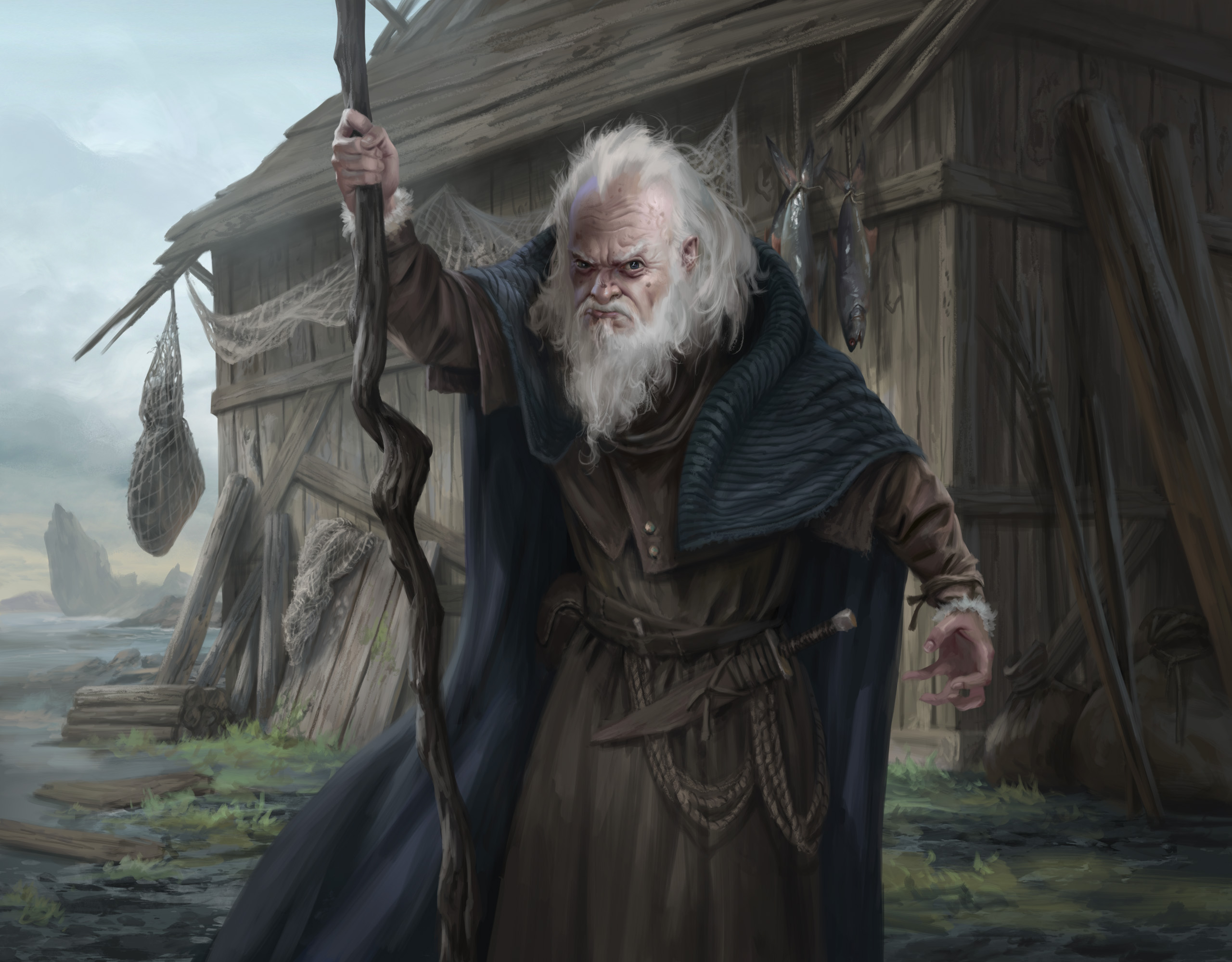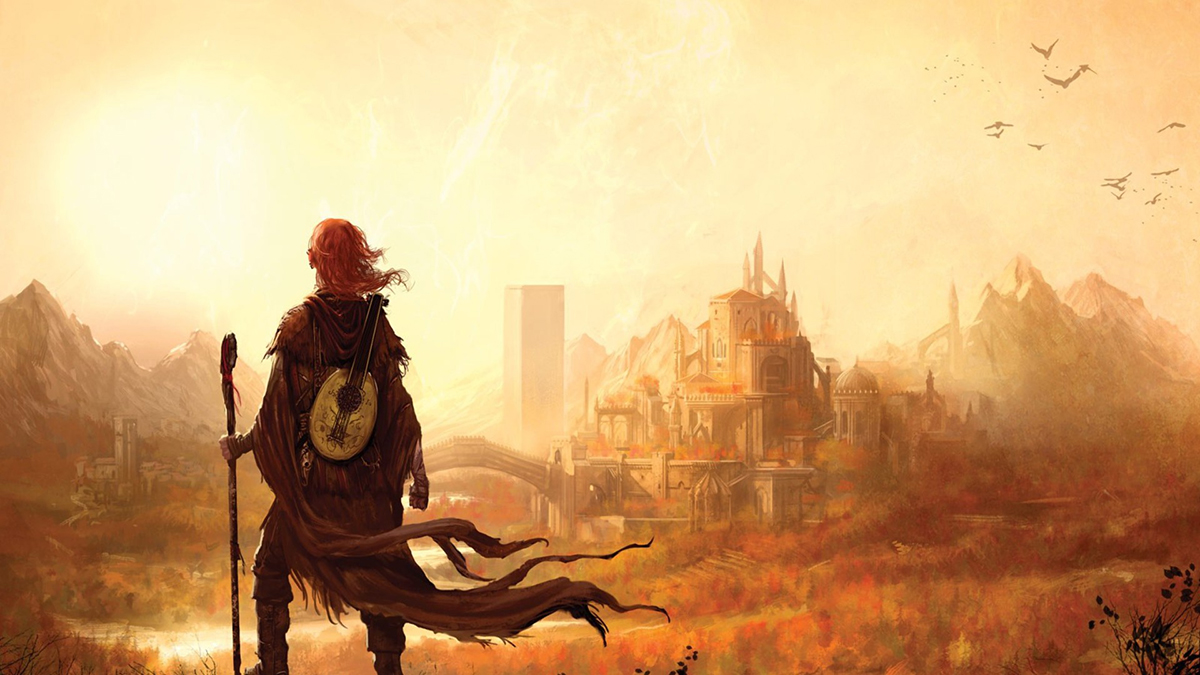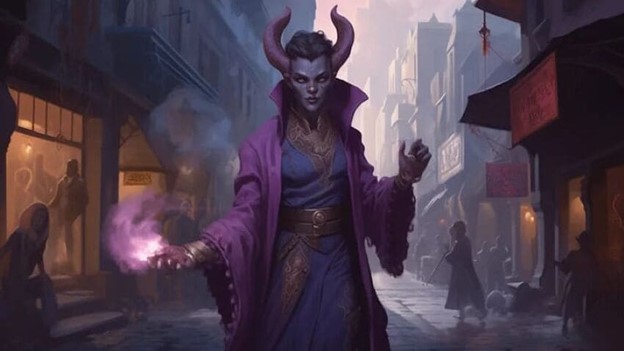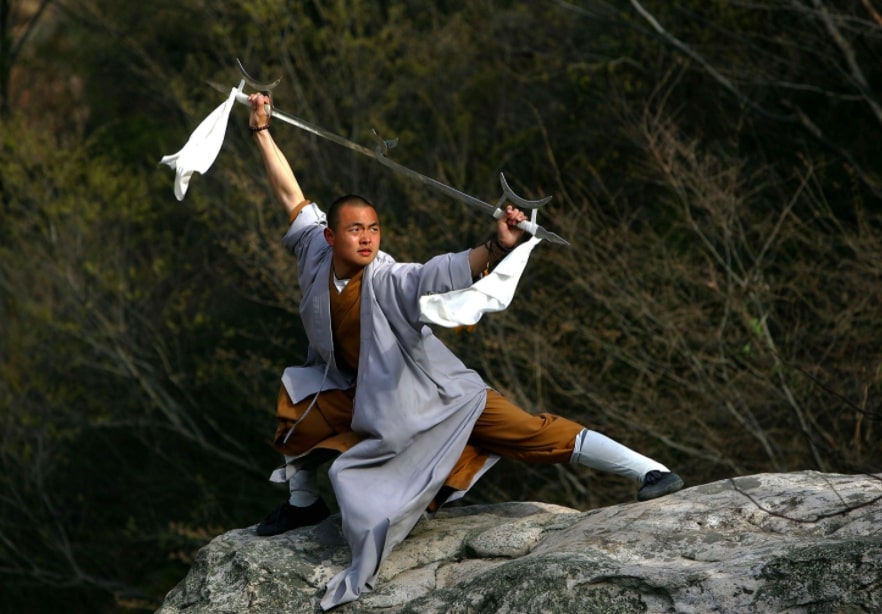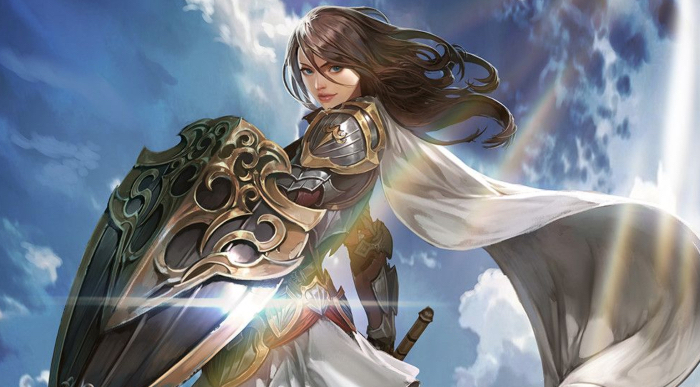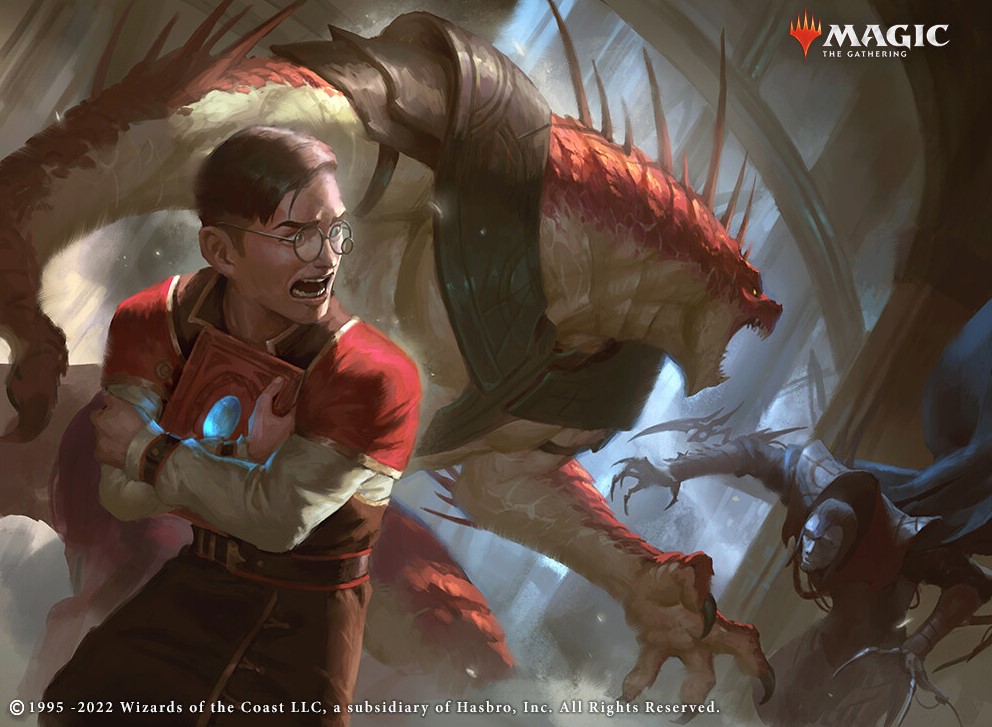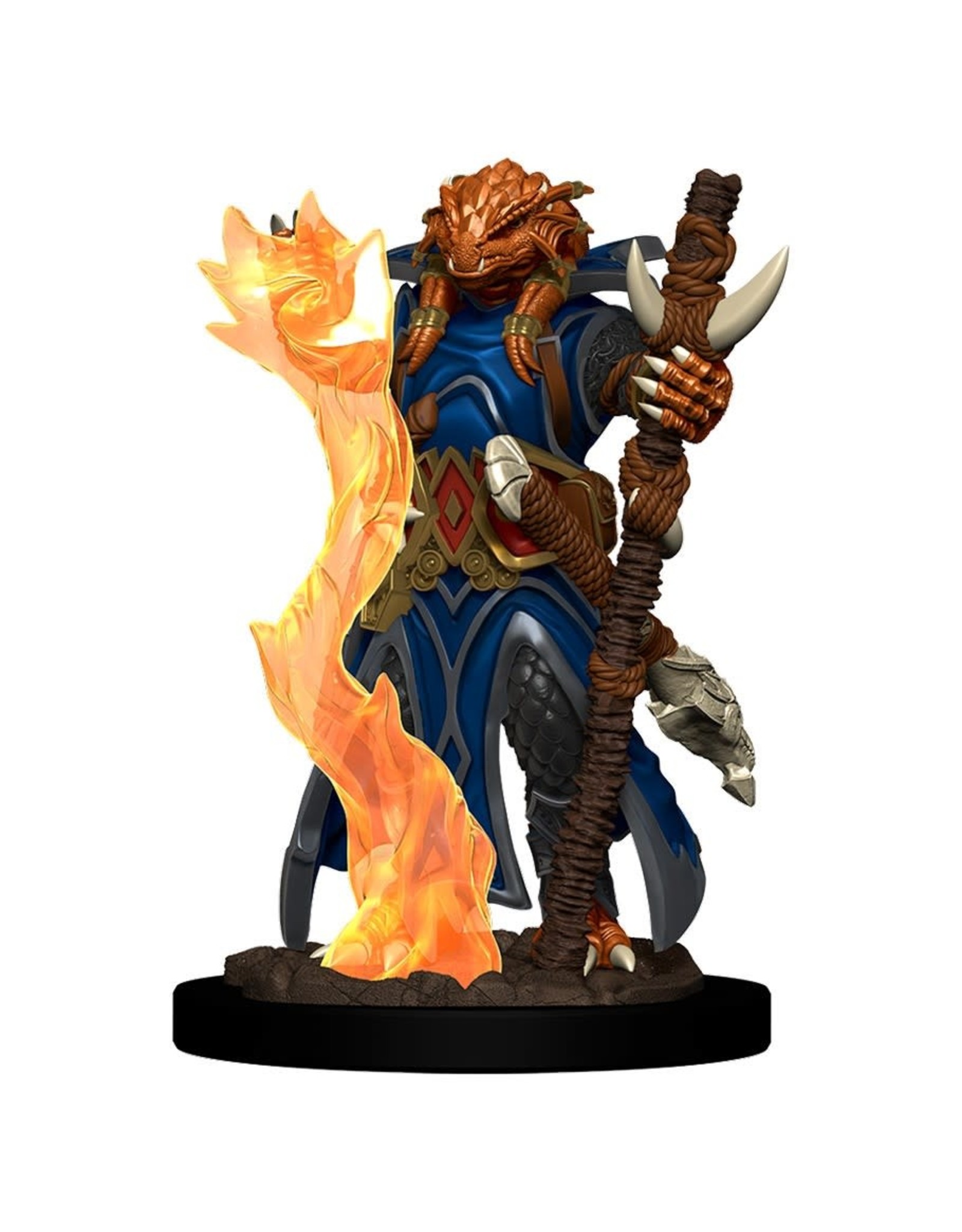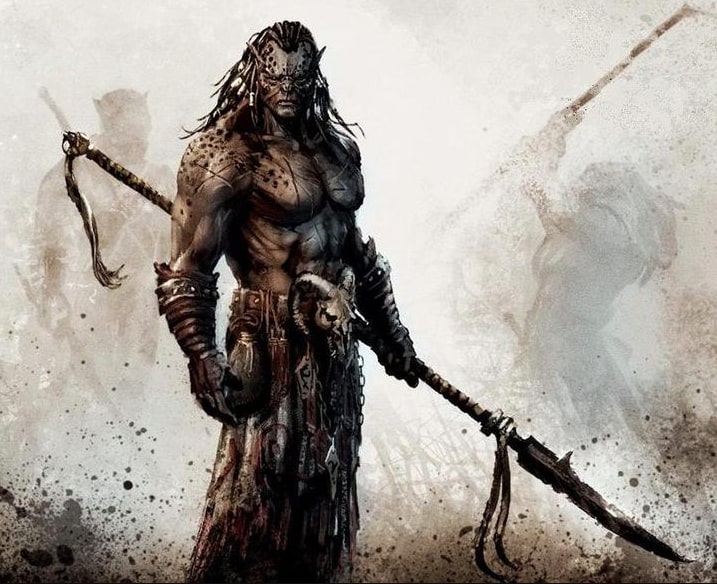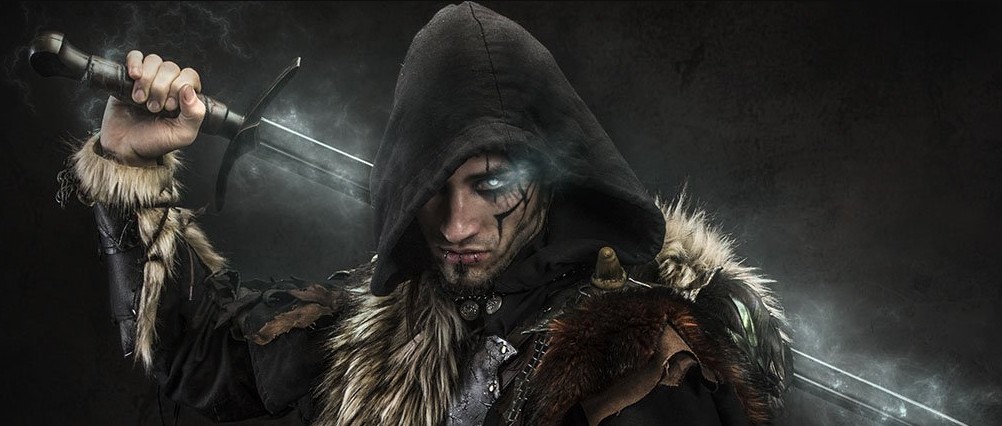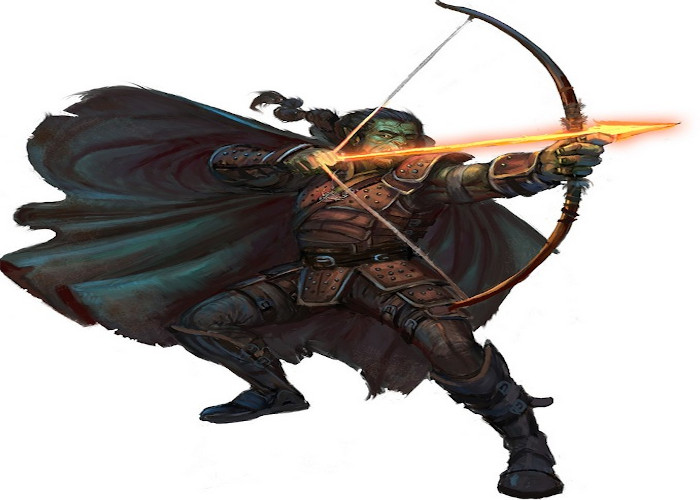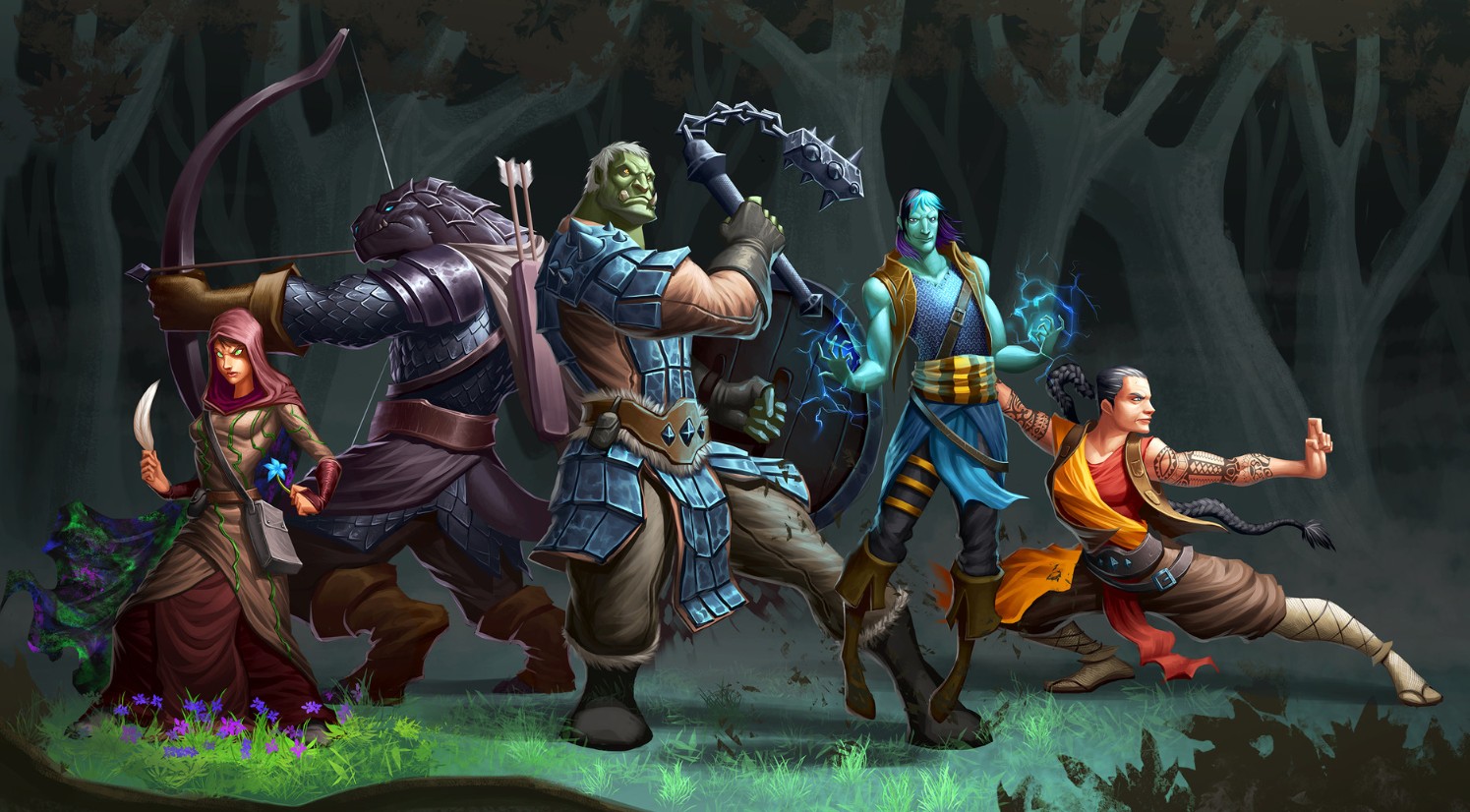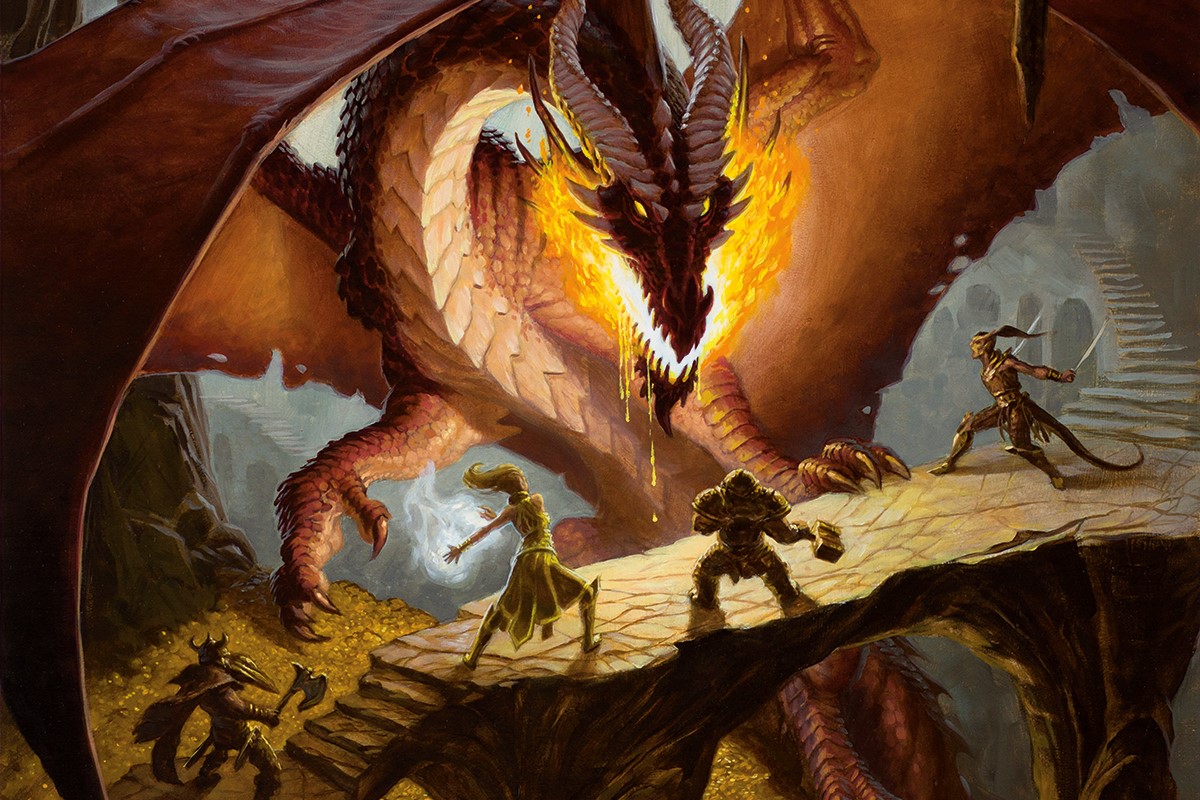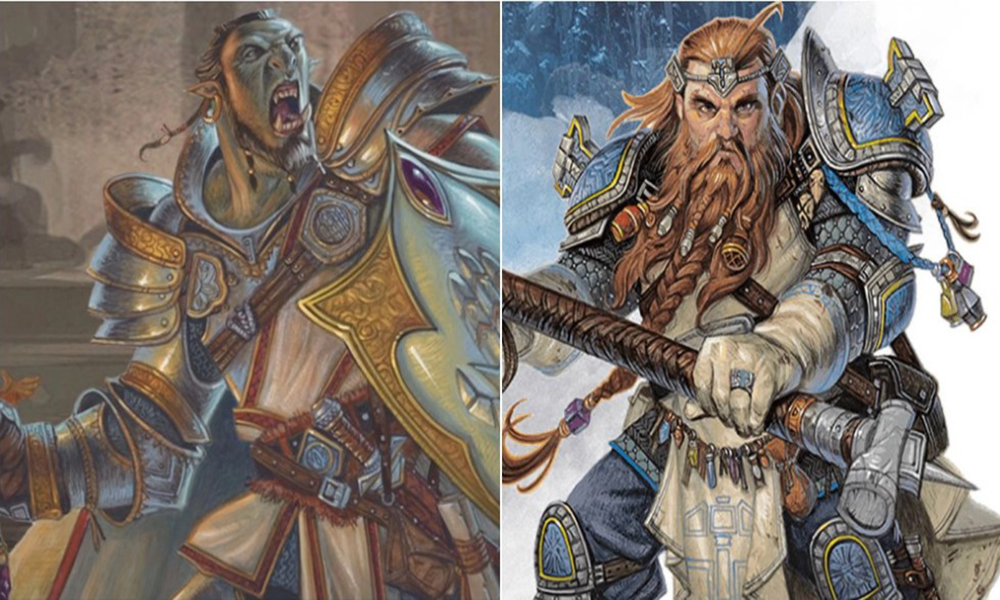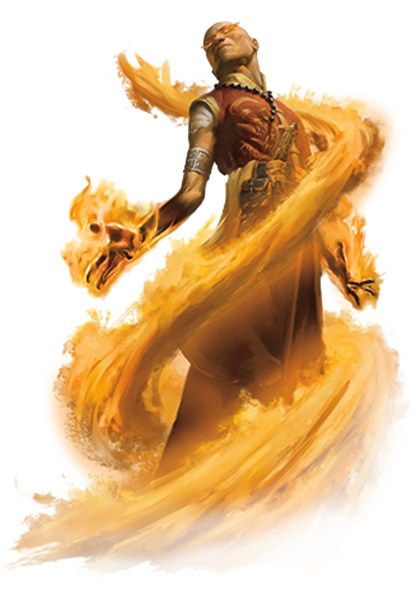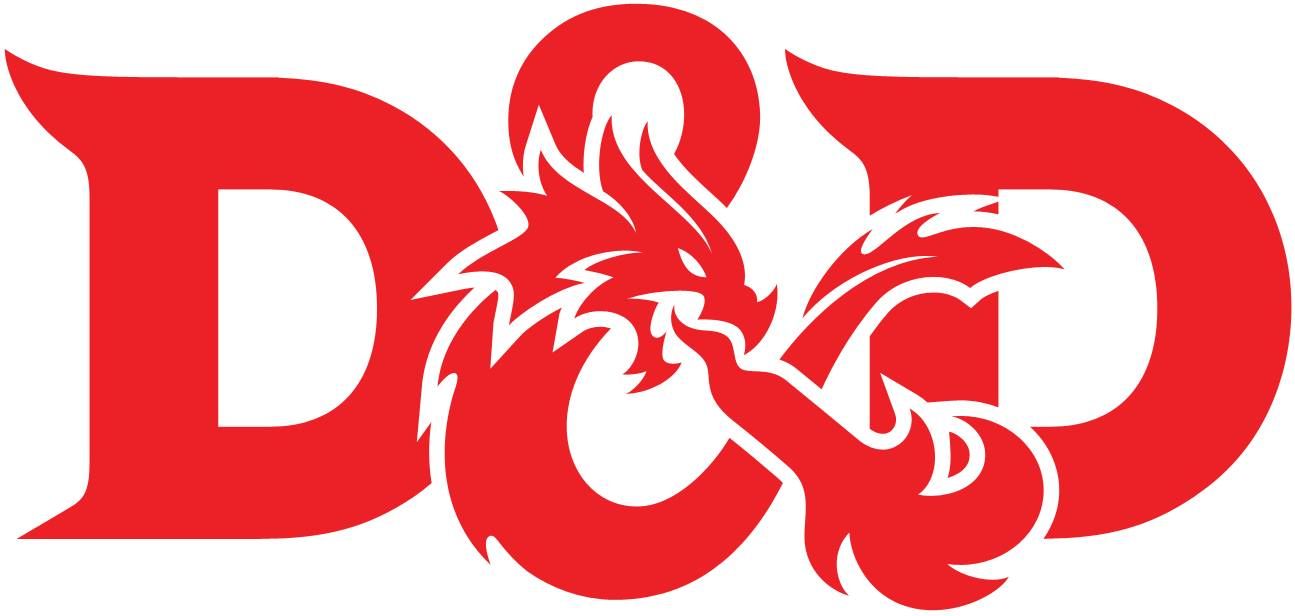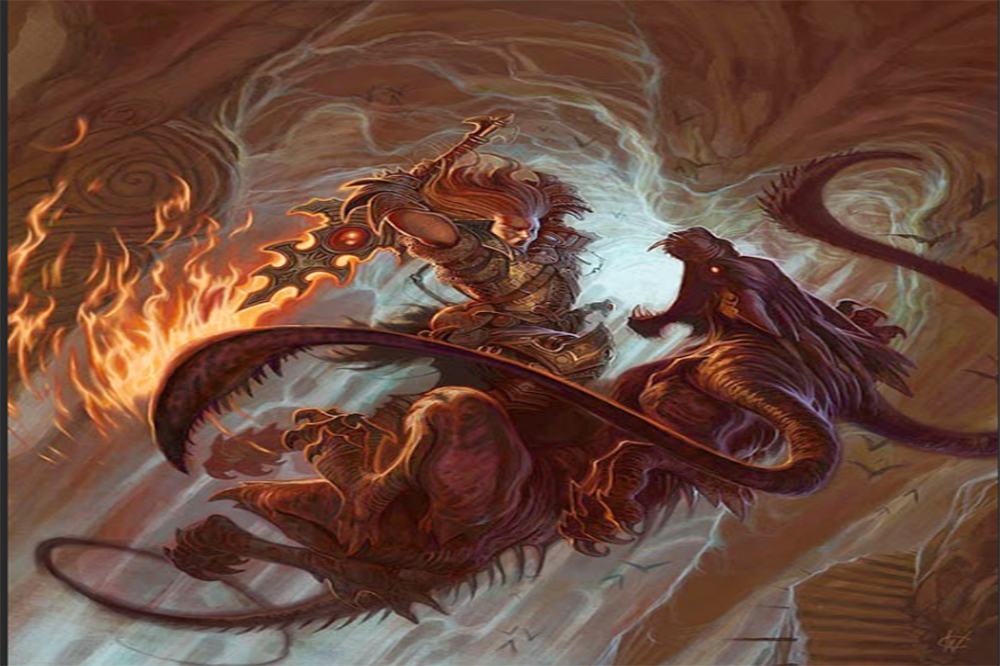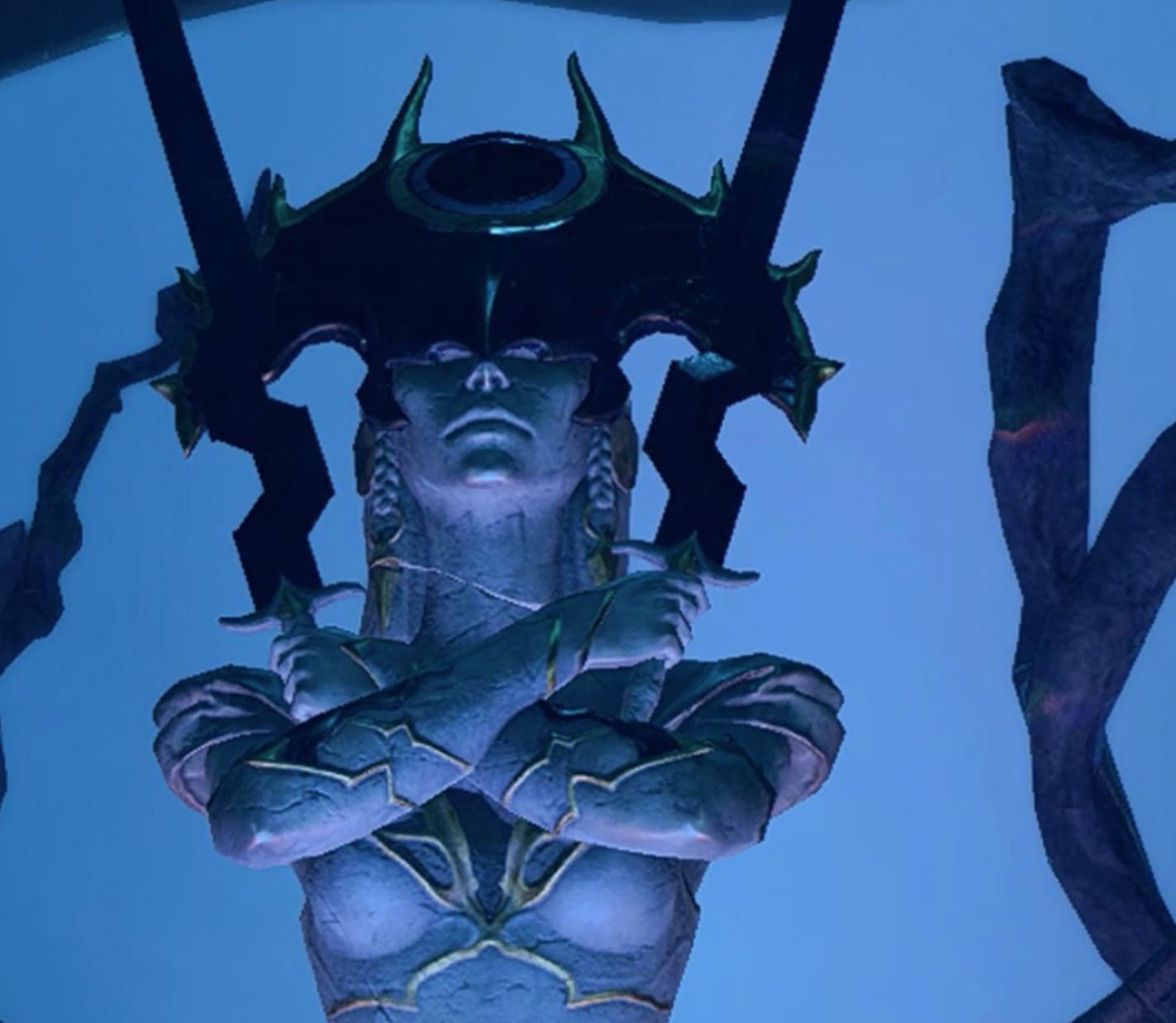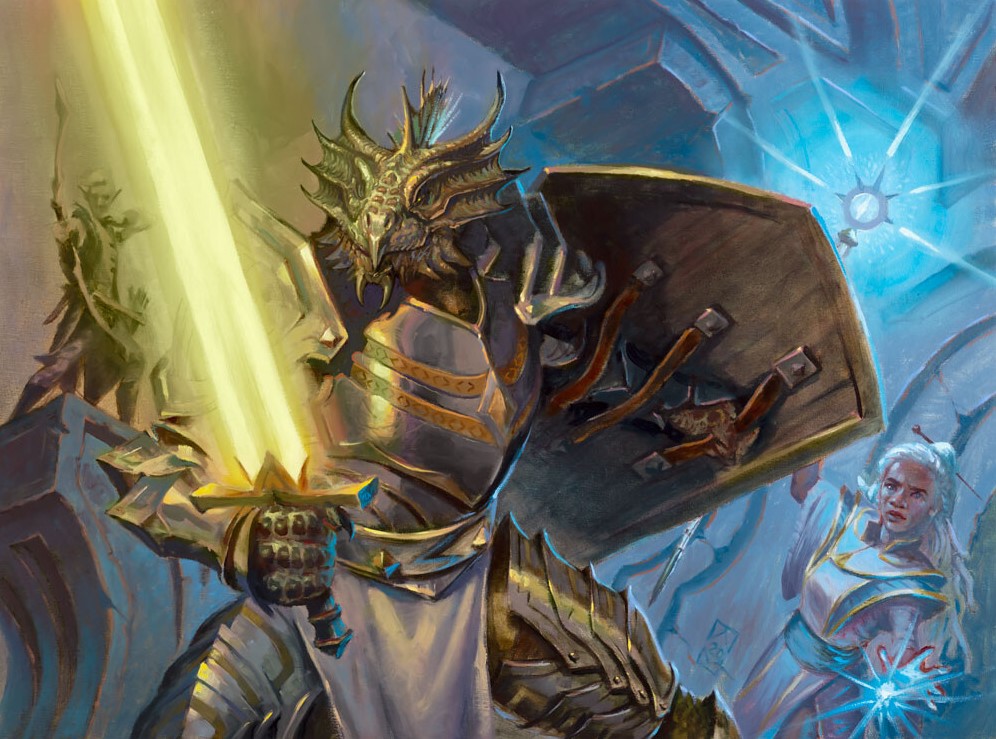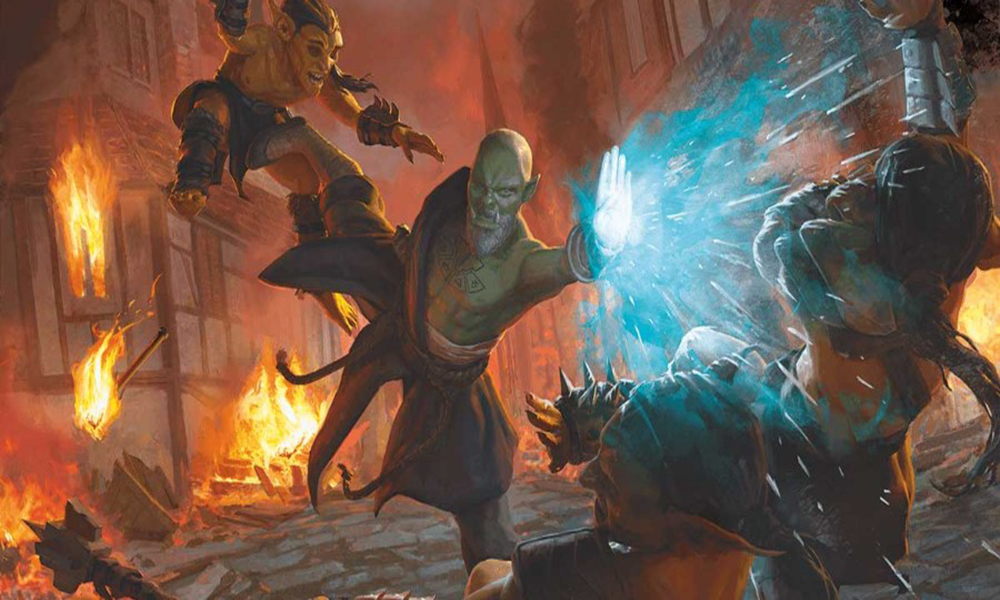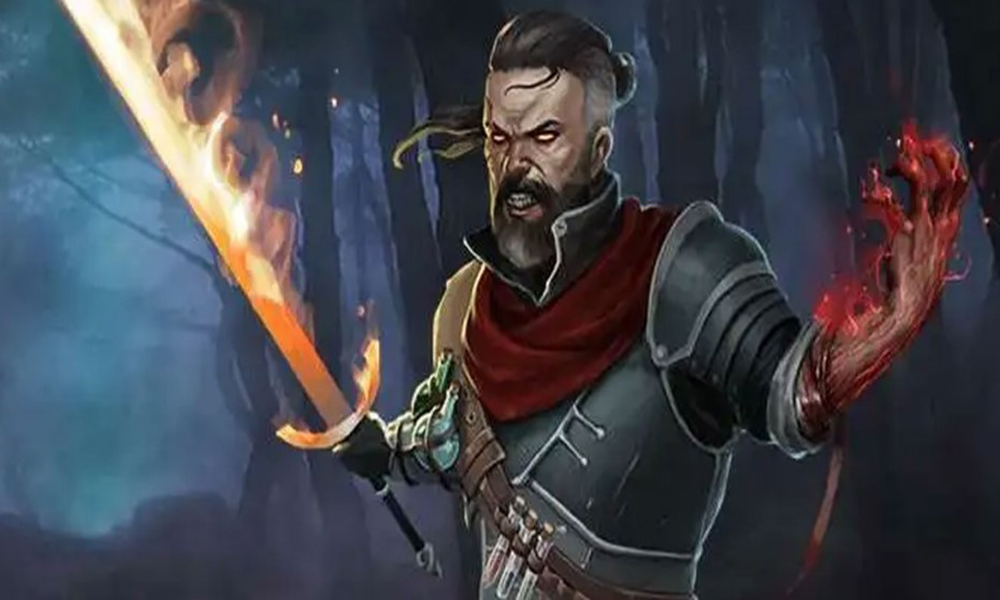![[Top 3] D&D Best Druid Subclasses To Play image](/sites/default/files/styles/responsive_image_600xauto/public/2022-02/top_3_dd_best_druid_subclasses_to_play_1.jpg.webp?itok=RCGh_fkg)
Swinging a gnarled staff wreathed in thorny vines, an elf calls forth the denizens of the forest to trample the goblins who threaten her grove.
Sitting atop a monolith within an ancient forest, a half-orc grunts as his body grows feathery and his form changes into that of an eagle who then soars freely amongst the clouds.
Friends to beasts and controllers of the elemental forces of nature, druids are powerful spell-casters who can summon the fury of the elements to smite their foes.
Nature’s Chosen.
Whether a wise shaman leading her people or a wild hermit healing the grove, druids are one of 5th edition Dungeons and Dragons’ most iconic classes.
Thanks to their ability to assume the form of animals, heal their allies with druidic spells or call down explosive bolts of lightning, druids are all-rounders who bring the breath of the wild to the table.
Playing a druid can be a daunting task. Some might keep to the fringe of battle, allowing their companions to fight while they confound foes with the powers of nature, others transform into deadly beasts and savagely wade into combat. On top of that, each druid circle brings a fair bit of power (and choices).
Luckily for you, we’ll make things a bit easier with our recommended subclasses (druid circles) that make the most out of the druid’s kit and fits a variety of playstyles.
We’ll be using content from the Player’s Handbook (PHB), Tasha's Cauldron of Everything (TCoE), and Xanathar’s Guide to Everything (XGtE).
1. Circle of the Moon.

Masters shapeshifters, druids of the circle of the moon might take the form of a great wolf, delve into the depths as a dolphin and even take to the skies as a mighty eagle. Druids of the moon exemplify the wilds they guard.
Found in the Player’s Handbook, the Circle of the Moon is the subclass for those who want to embody the resilience and fury of beasts.
All of their features focus on improving your druid’s Wild Shape and becoming a master of shapeshifting.
Power of Beasts.
Unlike most druids, those of the Circle of the Moon treat spell-casting as a secondary feature, focusing their powers into shape-shifting into powerful beasts that savagely tear through their foes.
In 5th edition, the Wild Shape feature is at its strongest, now, if you drop to 0 Hit Points while in animal form, you revert to your normal form with any excess damage carrying over.
This means that thanks to the Circle Forms feature, you can turn into more dangerous animals that not only hit harder but can also take more punishment, giving you loads more hit points to burn through in combat.
As if it weren’t enough, transforming doesn't break your concentration on a spell you've already cast, so you can turn into a beast and make the most of a long-lasting spell in the skin of a great wolf!
If you enjoy playing the role of the party’s tank, using spells as a backup, and having the ability to turn into a variety of animals to scout ahead, reach difficult spots or lose the trail of pursuers by shape-changing, the Circle of the Moon is for you.
Why the Circle of the Moon is Great.
- Better Wild Shapes: Starting at level 2, you can transform into more dangerous animals and can do so as a bonus action! This means you now have a bigger repertoire of beasts to choose from.
- Durability: By turning into stronger animals, you virtually have larger pools of hit points to survive the dangers of the world.
- Extra Utility: Besides simple battle ability, you can respond to situations uniquely: Scouting ahead as a bird, slithering away like a snake, all of that as a bonus action!
Circle of the Moon Details: http://dnd5e.wikidot.com/druid:moon
2. Circle of the Stars.

By unraveling the mysteries of the stars, these favored by the elements harness the powers of the cosmos itself, channeling the deep knowledge found within the dark tapestry of stars.
Found in Tasha’s Cauldron of Everything, the Circle of Stars is an all-rounder subclass that relies heavily on spell-casting to satisfy any combat need!
With a kit geared around extra spell-casting, a different take on the Wild Shape feature, and supporting others, the Circle of Stars is a powerful choice.
Seekers of Starlight.
Spellcasting is the biggest part of any spellcasting class, and the Circle of the Stars does it right.
From the get-go, members of this druidic order gain a powerful spellcasting focus that grants the ability to cast new spells usually beyond the abilities of a druid.
Unlike others, once you choose this subclass, you can use your Wild Shape to harness the power of constellations. What this means is that, depending on your choice, you can become a powerful turret, a dynamo of healing, and more!
Druids of the Circle of Stars shine the brightest when using their wide array of spells to confound their foes and support their allies. If you want to embody a powerful spell-caster who controls the battlefield, this subclass is right up your alley.
Why the Circle of the Stars is Great.
- More Spells: As soon as you get your star map at level 2, your spellcasting repertoire is expanded with the Guidance cantrip and the Guiding Bolt spell. Being capable of casting the latter a couple of times without spending a spell slot is a godsend.
- Better Healing: If you harness the power of the chalice, your healing spells can recuperate an additional target. Perfect for those fights against multiple foes.
- Extra Support: With your myriad choices, you are suited for staying in the back lines, controlling the flow of battle as you confound your foes and buff your allies.
Circle of Stars Details: http://dnd5e.wikidot.com/druid:stars
3. Circle of the Shepherd.

Druids from the Circle of the Shepherd are always followed by the spirits of the wilderness, letting them commune with their essence to accomplish impossible feats.
Found in Xanathar's Guide to Everything, these druids are known as summoners, battlefield controllers, and wise sages.
Spiritual Protectors.
The epitome of mystical spirituality, druids from the Circle of the Shepherd are great force multipliers in any situation.
Calling forth fey spirits to aid the party, they draw power from the wilderness itself.
Druids of the Circle of the Shepherd allow their companions to fight with room to breathe thanks to their ability to call powerful summoned creatures into the battlefield while they debilitate foes with the power of nature.
Since early levels, these powerful spell-casters can call forth spirits, animal totems, to empower their allies in combat. When their power grows, so does the type of support they can bring.
When they level up enough, their summons becomes more dangerous, gaining extra hit points and the ability to pierce through resistance to non-magical damage.
If the role of dedicated support with the ability of summoning hordes of beasts appeals to you, the Circle of the Shepherd is what you want.
Why the Circle of the Shepherd is Great.
- Force Multiplier: By bringing in the summons, you can draw the heat from your party members, multiplying the number of actions the party has to their advantage.
- Battlefield Controller: Since you have unparalleled support, you can dictate how a battle plays out by choosing which buff to deploy and when.
Circle of the Shepherd Details: http://dnd5e.wikidot.com/druid:shepherd
You may also be interested in:
- The Best D&D Classes (Ranked from Worst to Best)
- Top 25 Best D&D Villains of All Time
- 32 Most Interesting Facts About Dungeons and Dragons!
- 25 Best D&D Games for PC That Every Fan Must Play!
- The 10 Best DnD Streams
- Most Powerful D&D Dragons For Adventurers To Defeat
- Top 10 Best DnD Campaign Ideas
- Top 5 DnD Most Useful Languages
- D&D Top 10 Most Damaging Spells That Obliterate Foes
- Top 15 Most Powerful D&D Spells
- The Best D&D Race for Every Class
- Top 10 D&D Best Quests That Are Amazing
- Top 10 D&D Best Utility Spells
- [Top 10] D&D Best Zombies
- [Top 10] D&D Best Simple Weapons For Killing Foes
- [Top 10] D&D Best YouTube Channels
- [Top 5] D&D Best Tank Builds That Can Withstand Massive Damage

